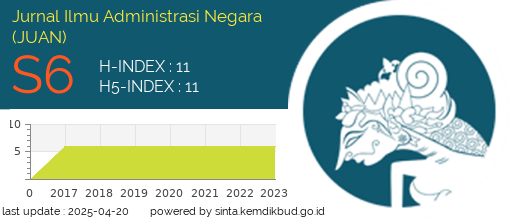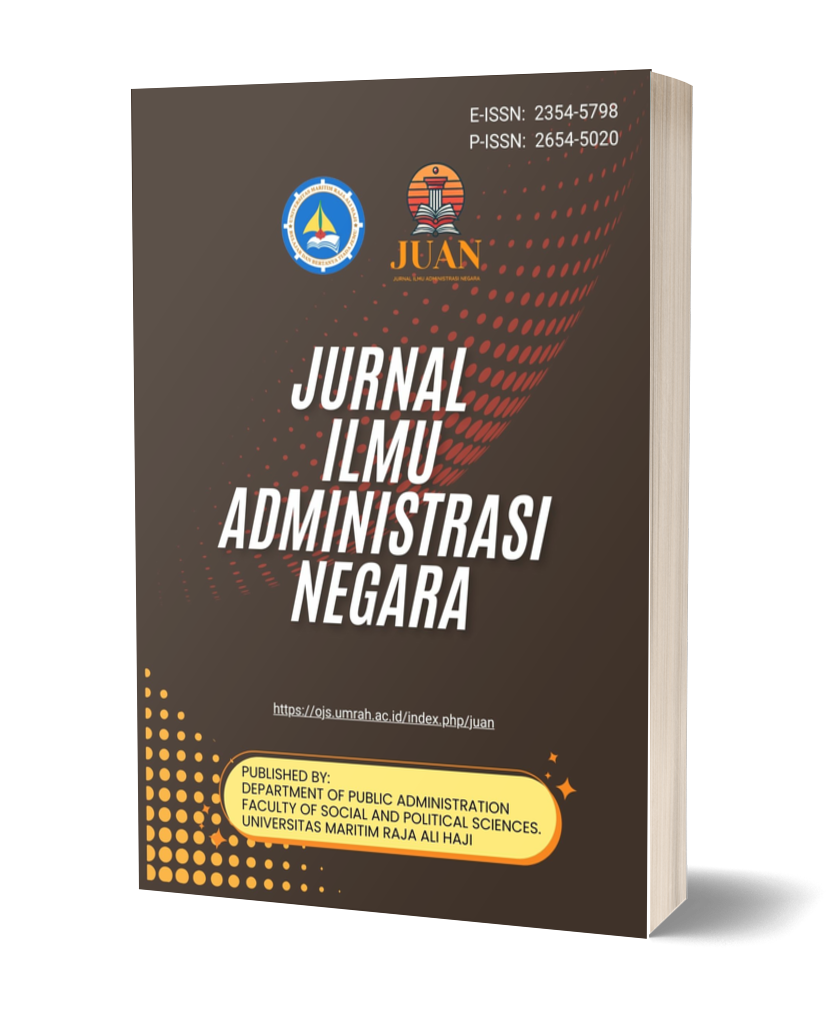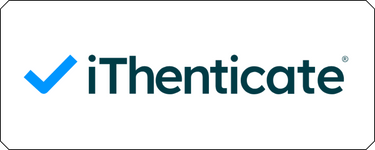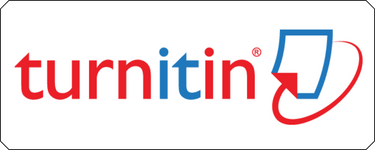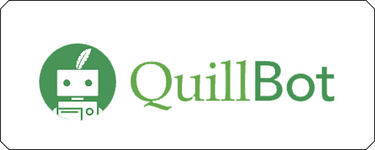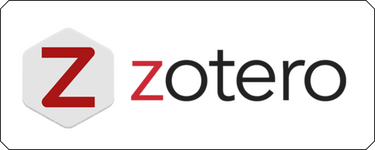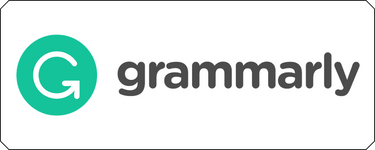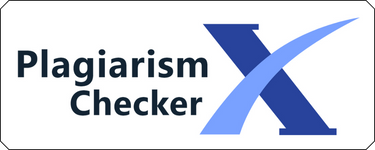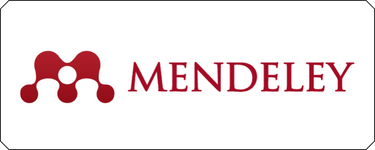Best Practice Pengembangan dan Penerapan Teknologi Tepat Guna
DOI:
https://doi.org/10.31629/juan.v9i1.3173Keywords:
Teknologi Tepat Guna, Air Minum, Pengembangan dan PenerapanAbstract
Kundur village developed appropriate technology to assist the community in doing their daily work as farmers. The peat land owned by Kundur is very fertile and provides prosperity, but the water produced by peat soil is not good for consumption. Meanwhile, during the dry season, the rainwater supply runs out, the community uses peat well water for consumption. This prompted the village government to take the initiative to submit a proposal to the Ministry of Village for PDDT with a request for an appropriate tool to process peat water into drinking water, the idea was approved and assistance channeled through the implementation team of the Pilot Program for the Local Economic Development Innovation Association Pilot Program and implemented in Kundur Village. This study aims to see how the process of developing and implementing appropriate water management in Kundur village and the inhibiting factors that affect it. Using qualitative research methods with a descriptive case study approach. The theoretical concept used is theory (Prasojo, Eko, 2007), there are several criteria for assessing best practices that are adjusted to the PDDT Ministerial Regulation No. 23 of 2017 concerning the development and application of appropriate technology in natural resource management. The results of the study found that the application of appropriate technology for managing peat water into clean water in Kundur was successfully implemented and had a good impact on the lives of the community and the Kundur village government. However, this application is not yet correct because inhibiting factors are still found in the development and application of technology for water management in Kundur, namely marketing strategies, incomplete legal legality, and minimal budget.
Downloads
References
Abdimas, J., & Kimia, T. (2020). Jurnal Abdimas Teknik Kimia. 01(1), 6–11.
Aneta, A. (2010). Implementasi Kebijakan Program Penanggulangan Kemiskinan Perkotaan (P2kp) Di Kota Gorontalo. Jurnal Administrasi Publik, 1(1), 54–65.
Bungin, B. (2007). Analisis Data Penelitian Kualitatif. Jawa Barat: Pt Raja Grafindo Persada.
Bunker, D. R. (2010). Implementasi Kebijakan: Apa, Mengapa, Dan Bagaimana Haedar Akib. Jurnal Administrasi Publik, 1(1), 1–11.
Darmoko, P. D. (2015). 195105-Id-Laporan-Penelitian-Potensi-Desa-Inovasi. Madaniyah, 2(9), 198–211.
Design, Q. I. (1989). Studi Kasus ( John W . Creswell ) Oleh Yani Kusmarni. 1–12.
Eko, Sutoro, Dyah Widuri, Suci Handayani, Titik Uswatun Khasanah, Ninik Handayani, Puji Qomariyah, Hastowiyono, Suharyanto, Sahrul Aksa, Borni Kurniawan. (2014). Desa Membangun Indonesia. Yogyakarta: Fppd Bekerjasama Dengan Access Phase Ii-Ausaid.
Eko, S. (2014). Desa Membangun Indonesia. In Academia.Edu. https://doi.org/10.1038/ncomms12854
Eldo, D. H. A. P., & Mutiarin, D. (2019). Analisis Best Practice Inovasi Pelayanan Publik (Studi pada Inovasi Pelayanan “Kumis MbahTejo†di Kecamatan Tegalrejo Kota Yogyakarta). Jurnal Manajemen Pelayanan Publik, 1(2), 156. https://doi.org/10.24198/jmpp.v1i2.16753
Febriani, Y. (2019). Pembuatan Sistem Pengolahan Air Gambut Menjadi Air Bersih. (March).
Fitra, M., & Nasution, E. S. (2019). Pengembangan Produksi Dodol Mangrove Melalui Penerapan Teknologi Tepat Guna. 1(1), 350–354.
Heriyanto, M., Adianto, & As’ari, H. (2019). Model Implementasi Program Csr Di Indonesia Praktek Di Pt Pertamina Ru Ii Dumai Dan Pt Cevron Pacifik Indonesia (Cpi) Riau. Pekanbaru: Taman Karya Pekanbaru.
Julaeha, S. (2018). Implementasi Program Pemanfaatan Limbah Kotoran. X(1), 71–85.
Kurniawan, B. (2016). Desa Mandiri, Desa Membangun. Jakarta: Kementerian Desa, Pembangunan Daerah Tertinggal, Dan Transmigrasi Republik Indonesia.
Kushartono, E. W. (N.D.). Pengembangan Desa Mandiri Melalui Pengelolaan Badan Usaha Milik Desa ( Bumdes ) Fitrie Arianti Universitas Diponegoro Semarang.
Longa Tiza, A., Hakim, A., & Santoso Haryono, B. (2014). Implementasi Program Pembangunan Desa Mandiri Anggaran Untuk Rakyat Menuju Sejahtera (Anggur Merah) (Studi Di Badan Perencanaan Pembangunan Daerah Kabupaten Timor Tengah Utara). Wacana Journal Of Social And Humanity Studies, 17(1), 58–67. Retrieved From Https://Wacana.Ub.Ac.Id/Index.Php/Wacana/Article/View/296
Mawardi, I., Hanif, H., Zaini, Z., & Abidin, Z. (2019). Penerapan Teknologi Tepat Guna Pascapanen Dalam Upaya Peningkatan Produktifitas Petani Kopi Di Kabupaten Bener Meriah. Caradde: Jurnal Pengabdian Kepada Masyarakat, 1(2), 205–213. Https://Doi.Org/10.31960/Caradde.V1i2.56
Moko, E. M., Rahardiyan, D., & Wantouw, F. (2020). Penerapan Teknologi Filtrasi Dan Tower Penampungan Low Cost- Low Maintenance Dalam Penyediaan Air Bersih Bagi Masyarakat Desa Bango Kepulauan Mantehage. 2, 20–25.
Muleong, J. . L. (1989). Metodologi Penelitian Kualitatif. Ramadja Karya.
Nugraha, D. H., & Mahida, M. (2013). Pengolahan Air Minum ( Studi Kasus : Pulau Palu ’ E , Nusa Tenggara Timur ) Community Readiness In The Application Of Technology Of Drinking. 119–129.
Nur Arifah, M., & Kusumastuti, N. (2019). Strategi Mempercepat Pembangunan Desa Mandiri: Studi Di Desa Kemadang Gunungkidul. Jurnal Pemberdayaan Masyarakat: Media Pemikiran Dan Dakwah Pembangunan, 2(1), 169–188. Https://Doi.Org/10.14421/Jpm.2018.021-09
Parasuraman. (2011). Pendayagunaan aparatur negara. II(November 2019), 172. Retrieved from http://setabasri01.blogspot.com/2011/04/service-quality-akronimnya-servqual.html
Prasojo, Eko, T. kurniawan dan A. H. (2007). Reformasi birokrasi dan inovasi Birokrasi: Studi di Kabupaten Sragen. Jakarta: Yappika.
Prihati. (2018). Implementasi Kebijakan Promosi Pariwisata Dalam Pengembangan Potensi Wisata Daerah. Jawa Timur: Jakad Media Publishing.
Propinsi, K., Riau, K., Munaf, D. R., Suseno, T., Janu, R. I., & Badar, A. M. (2008). Peran Teknologi Tepat Guna Untuk Masyarakat Daerah Perbatasan. (April), 329–333.
Rahmiyati, N., Andayani, S., & Panjaitan, H. (2015). Model Pemberdayaan Masyarakat Melalui Penerapan Teknologi Tepat Guna Di Kota Mojokerto. Jurnal Ilmu Ekonomi & Manajemen, 2(2), 48–62. Retrieved From Http://Jurnal.Untag-Sby.Ac.Id/Index.Php/Jmm17/Article/View/506/463
Santoso, D. (2017). Penduduk Miskin Transient: Masalah Kemiskinan Yang Terabaikan. Jakarta: Yayasan Pustaka Obor Indonesia.
Silalahi, U. (2017). Metode Penelitian Sosial (Cetakan Pe; A. Gunarsa, Ed.). Bandung: Pt Radika Aditama.
Sulila, I. (2015). Implementasi Dimensi Layanan Publik Dalam Konteks Otonomi Daerah. Yogyakarta: Deepublish.
Transmigrasi, D. A. N., & Indonesia, R. (2019). Program Inovasi Desa. 66–70.
Peraturan
Undang- Undang No 6 Tahun Tentang Desa
Permendes Pdtt No 23 Tahun 2017 Tentang Pengembangan Dan Penerapan Teknologi Tepat Guna Dalam Pengelolaan Sumber Daya Alam
Peraturan Desa Kundur No 4 Tahun 2017 Tentang Badan Usaha Milik Desa Kundur.
Downloads
Published
Issue
Section
License
You are free to:
- Share — copy and redistribute the material in any medium or format for any purpose, even commercially.
- Adapt — remix, transform, and build upon the material for any purpose, even commercially.
- The licensor cannot revoke these freedoms as long as you follow the license terms.
Under the following terms:
- Attribution — You must give appropriate credit, provide a link to the license, and indicate if changes were made . You may do so in any reasonable manner, but not in any way that suggests the licensor endorses you or your use.
- ShareAlike — If you remix, transform, or build upon the material, you must distribute your contributions under the same license as the original.
- No additional restrictions — You may not apply legal terms or technological measures that legally restrict others from doing anything the license permits.


